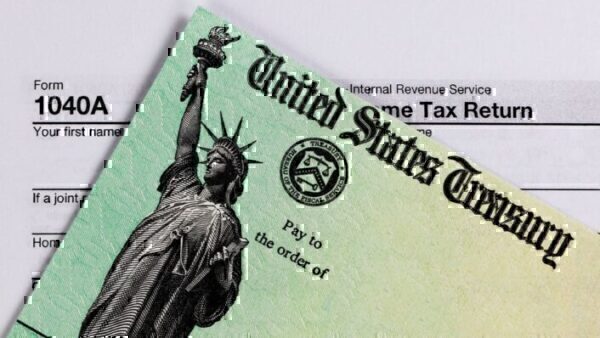Book$mart: Top Financial Education Reads for Kids and Teens
Empower kids with essential money skills through engaging reads for financial literacy and smart money management.
Real Stories Ep 50: Transforming Trauma: Nadine’s Road to Financial Recovery
- April 15, 2024
- Category: Blog, Budgeting, Credit Card Debt, Podcasts, Real Stories
Podcast: Download (Duration: 33:50 — 27.1MB)
Subscribe: Spotify | Pandora | TuneIn | Deezer | RSS
Follow Nadine’s financial self-care journey, from early retirement to debt management with GreenPath, offering insights for others.
5 Wise Ways to Spend Your Tax Refund
Mindful money management is even more important this year. If you have received a refund and want to invest it wisely, here are a few suggestions.
Improve Your Finances and Keep Supporting Your Loved Ones
Emigrate for a better future, with separation and financial challenges. Remittances sustain, they put pressure on finances.
Mejore Sus Finanzas y Siga Apoyando a Sus Seres Queridos
Emigrar por un futuro mejor, con separación y desafíos financieros. Remesas sostienen, presionan las finanzas.
Women & Wealth: Budget-Conscious Ways to Grow Your Earnings
Empower women to bridge the wage gap with budget-friendly strategies. Boost earnings, tackle debt, and invest smart with GreenPath’s guidance.
Real Stories Ep 49: Three Generations Reflect on Hardship, Hope
- March 15, 2024
- Category: Blog, Budgeting, Credit Card Debt, Podcasts, Real Stories
Podcast: Download (Duration: 1:09:17 — 55.5MB)
Subscribe: Spotify | Pandora | TuneIn | Deezer | RSS
Three generations share tales of financial resilience—foreclosure, student loans, retirement. Learn from their journey.
Financing Your Future: Navigating the 2024-25 FAFSA Changes
Navigate 2024-25 FAFSA changes: account creation, contributors, aid calculation, Pell Grant eligibility, submission process.
Rev Up Your Car Budget
- February 22, 2024
- Category: Financial Education
Is this the year you rev up your car budget? If so, you have probably started looking at your finances, what you want, and what you can afford.
Showing results 1-9 out of 433








